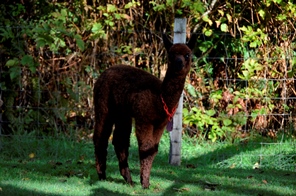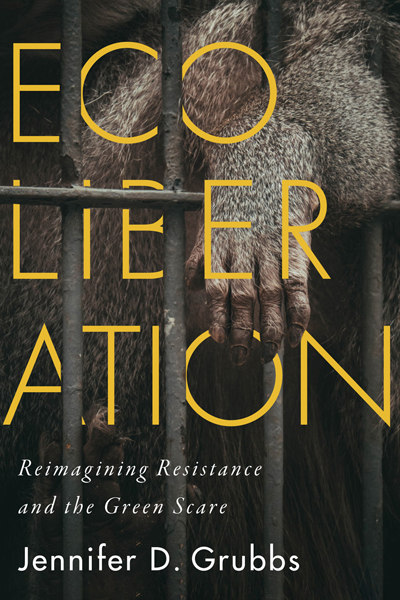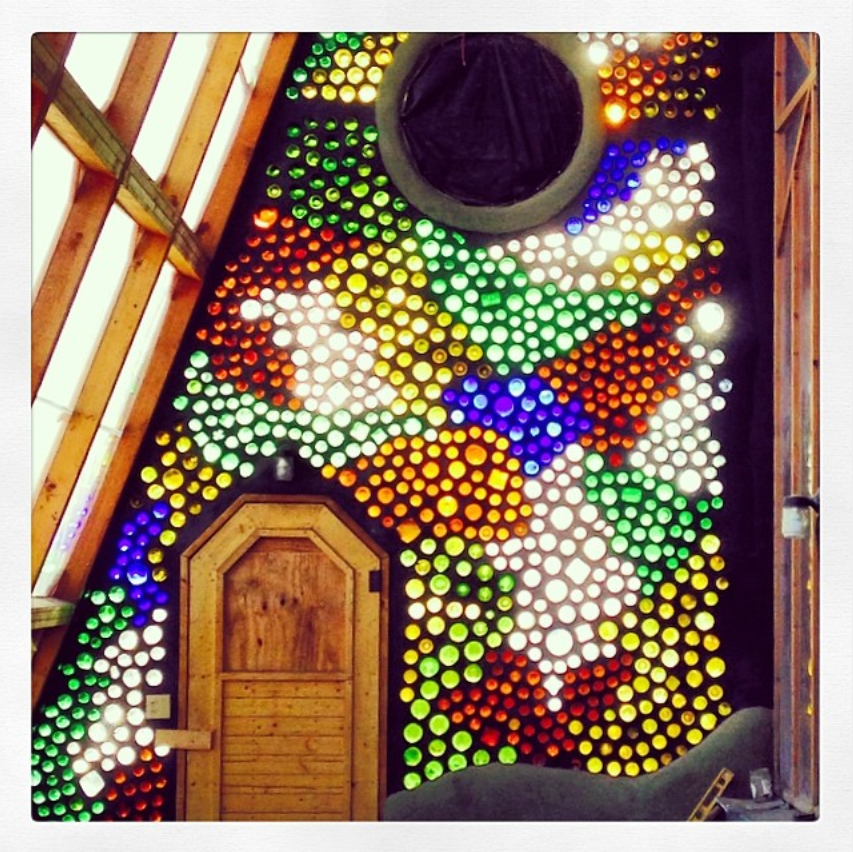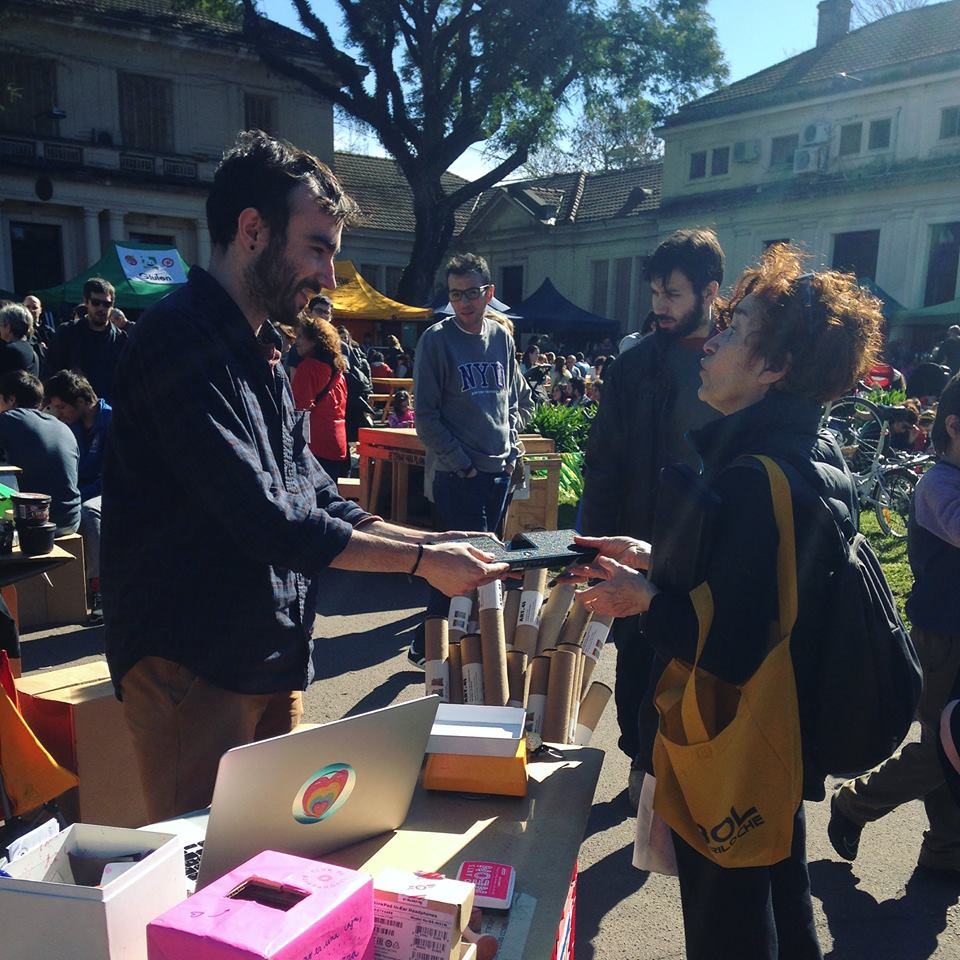For my third co-op, I’ve had the opportunity to explore the world of fiber and textiles. I have been thinking about the significance of making textiles often. The Ladak people of the Himalayas have a saying of “to be weft and to be warp,” which is interpreted as to live your life moving forward (the weft is the thread moves along the loom) and remember your past (the warp stays still on the loom). This co-op is about weaving in the missing parts of my Antioch education.
I have been working with a company called Fibers of the World and a non-profit organization called The Fibershed of the Greater Northwest. Fibers of the World is a for-profit enterprise that sells local and natural fiber products, ranging from knitwear to home décor. The Fibershed of the Greater Northwest, connects fiber farmers and artisans to create sustainable textiles and slow fashion. The two organizations are run by a group of three women, which is suitable to the traditional role women played in the production of textiles. Unlike the feminine stereotypes associated with textiles, these women are very strong, independent and, inspiring.
I have been completely immersed in the fiber world because I live in Lake Stevens, Washington at Longnecker’s Alpaca Ranch, which supplies alpaca fiber to artisans and sells the products through Fibers of the World. I assist with the daily care of the alpacas, and I have been spinning, dyeing, knitting, and felting with the alpaca fiber from the farm. I’ve gotten to know the animals that have given me the fiber to work with, and in a way we take care of each other. I give the alpacas food and water everyday, and in turn they have given me fiber to keep warm in the winter. In my fiber processing adventures, I have learned to make an indigo vat from picking the indigo plant to dying it in the same day, and again, I loved the experience of creating something directly from the earth.
Having the opportunity to work with textiles arts has been a blessing. Making art has always been an escape for me from the monotony of daily life. Creating things with my hands has allowed me to feel rooted within myself again, and more prepared to take on the academic life created by college. Knowing now that I need to engage in a creative activity, I feel that I can incorporate that practice into my life at Antioch.
My exploration of sustainable textiles began with my global seminar energy project. My group decided to take on the question of energy use in the fast-fashion industry and compare it to the emerging slow fashion movement. We started spinning wool from the sheep on our farm, and found that it can be very possible to create your own garments using your own energy. I have also found that using my own energy to make clothing is far more rewarding than buying a garment.
Through this co-op I have remembered to live out the saying of “to be weft and to be warp.” I’ve been able to reconnect with my past artistic self, and understand the agriculture and industrial roots of our country. Creating a textile is about connection. This intertwinement for me has been about understanding myself and where I want to go to make the life I want.







alpaca Mens sweater half Zip | March 3, 2018
|
Awesome post.